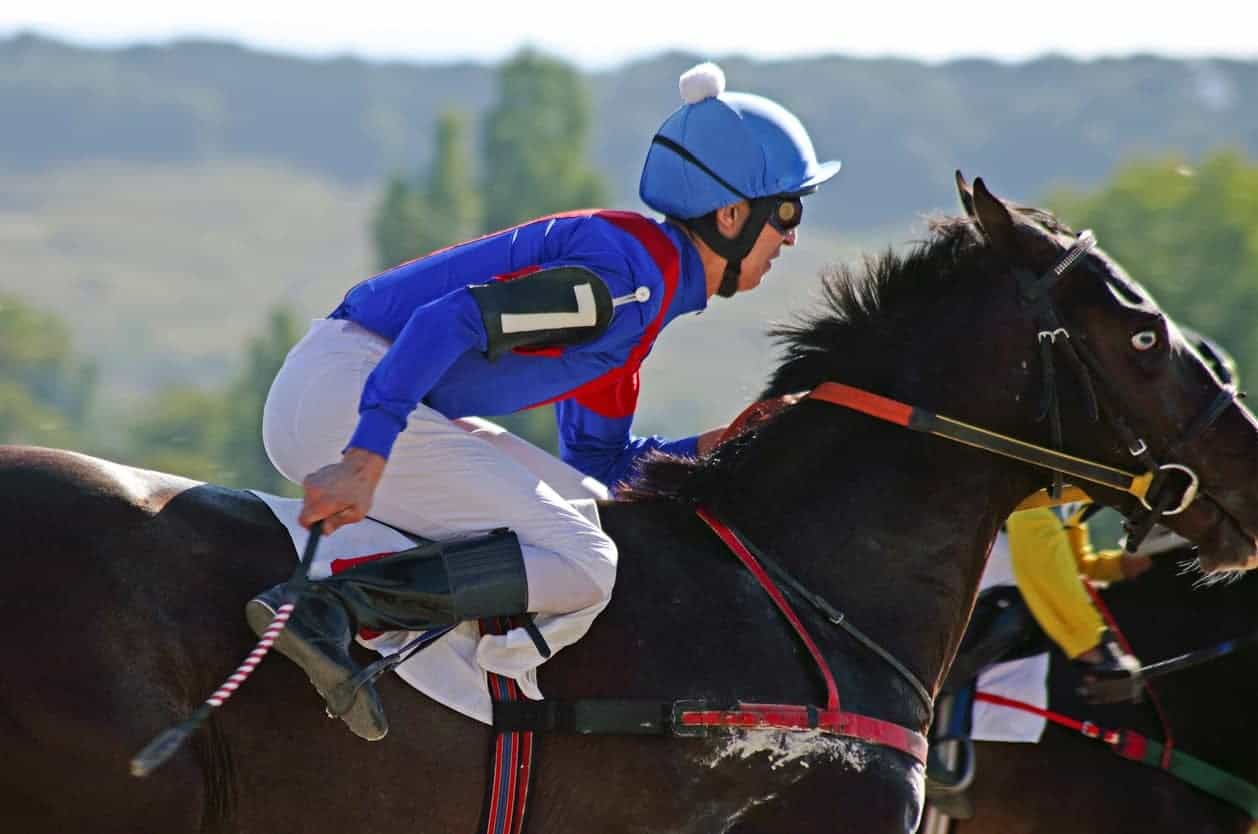Researchers Study the Science Behind Whip Use in Racehorses

Jockeys whip racehorses. But welfare advocates cry out against it. The current compromise? Whip less.
But according to leading equitation scientists, reducing whipping frequency could be just as bad for the horse, causing confusion and creating new welfare issues.
“New industry rules intended to improve horse welfare, focusing on decreasing whipping frequency, may actually go against the principles of operant training and, specifically, negative reinforcement,” said Angelo Telatin, PhD, associate professor of equine studies at Delaware Valley University, in Doylestown, Pennsylvania. “This may lead to ineffective training results and/or the occurrence of aversive behaviors
Create a free account with TheHorse.com to view this content.
TheHorse.com is home to thousands of free articles about horse health care. In order to access some of our exclusive free content, you must be signed into TheHorse.com.
Start your free account today!
Already have an account?
and continue reading.

Written by:
Christa Lesté-Lasserre, MA
Related Articles
Stay on top of the most recent Horse Health news with












